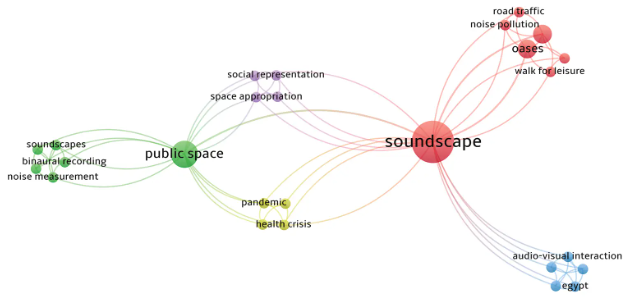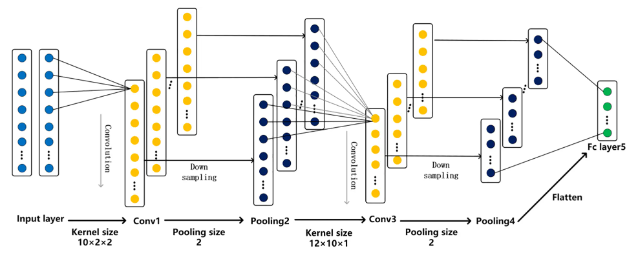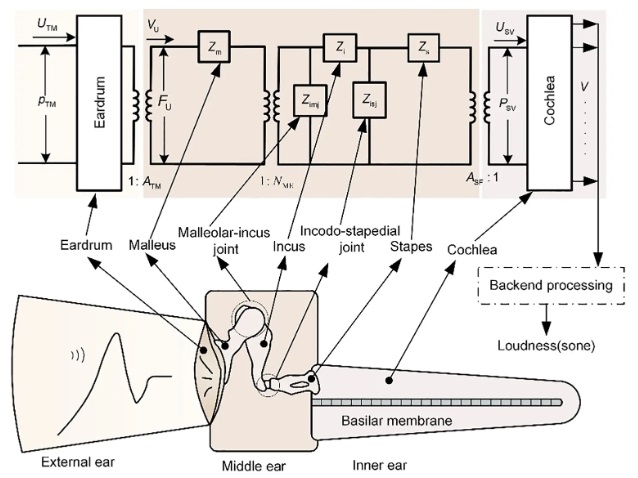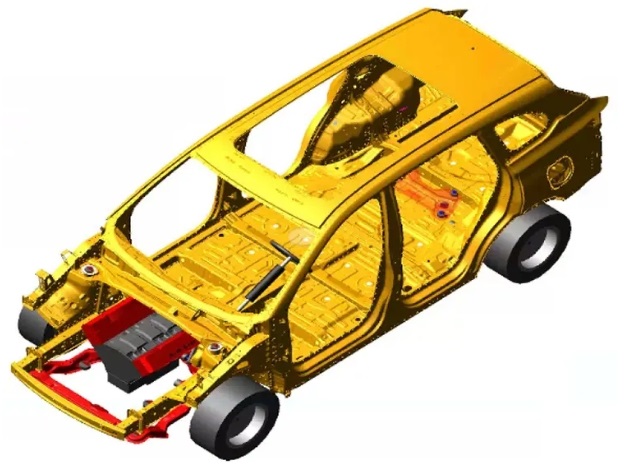A framework for hydro-power vibration dynamic measurement and decision-making based on natural language processing
Abstract
The safety management construction of the hydro-power units is necessary to improve the level of engineering quality and economic benefits. However, the traditional hydro-power units lack a unified safety management decision-making platform, making knowledge retrieval and recommendation difficult. To improve the safety management level of the hydro-power units, the present article provides a framework of intelligent query and auxiliary decision-making in the traditional hydro-power operations. Based on the natural language processing technologies, the auxiliary decision-making platform is composed of three parts, namely, deep semantic similarity model, bidirectional long short-term memory network model and neural collaborative filtering algorithm. Lastly, a case study is conducted, and the auxiliary decision-making platform can provide the user the relevant knowledge guidance to the problem, including defect causes, handling methods, dangerous point analysis and operation preparation, which is helpful to improve the safety management level of the hydro-power units.
References
[1]Kaur G, Agrawal P, Shelar H, et al. Intelligent Search Engine Tool for Querying Database Systems. International Journal of Mathematical, Engineering and Management Sciences. 2024; 9(4): 914-930. doi: 10.33889/ijmems.2024.9.4.048
[2]Hanane B, Mustapha M. A Rule-Induction Approach for Building an Arabic Language Interfaces to Databases. The International Arab Journal of Information Technology. 2023; 20(1). doi: 10.34028/iajit/20/1/6
[3]Kovalev AK, Panov AI. Application of Pretrained Large Language Models in Embodied Artificial Intelligence. Doklady Mathematics. 2022; 106(S1): S85-S90. doi: 10.1134/s1064562422060138
[4]Ji Z, Li S. Multimodal Alignment and Attention-Based Person Search via Natural Language Description. IEEE Internet of Things Journal. 2020; 7(11): 11147-11156. doi: 10.1109/jiot.2020.2995148
[5]Sangeetha J, Hariprasad R. An intelligent automatic query generation interface for relational databases using deep learning technique. International Journal of Speech Technology. 2019; 22(3): 817-825. doi: 10.1007/s10772-019-09624-7
[6]Owei V. Natural language querying of databases: an information extraction approach in the conceptual query language. International Journal of Human-Computer Studies. 2000; 53(4): 439-492. doi: 10.1006/ijhc.1999.0381
[7]Hamaz K, Benchikha F. A novel method for providing relational databases with rich semantics and natural language processing. Journal of Enterprise Information Management. 2017; 30(3): 503-525. doi: 10.1108/jeim-01-2015-0005
[8]Goh OS, Fung CC, Wong KW. Query Based Intelligent Web Interaction with Real World Knowledge. New Generation Computing. 2007; 26(1): 3-22. doi: 10.1007/s00354-007-0031-7
[9]Xu J. Formalizing natural‐language spatial relations between linear objects with topological and metric properties. International Journal of Geographical Information Science. 2007; 21(4): 377-395. doi: 10.1080/13658810600894323
[10]Wang J, Su F, Zhou C. Oceanographic ontology-based spatial knowledge query. Acta Oceanologica Sinica. 2005; 24: 66-71.
[11]Jibril EC, Tantug AC. ANEC: An Amharic Named Entity Corpus and Transformer Based Recognizer. IEEE Access. 2023; 11: 15799-15815. doi: 10.1109/access.2023.3243468
[12]Rozhkov IS, Loukachevitch NV. Prompts in Few-Shot Named Entity Recognition. Pattern Recognition and Image Analysis. 2023; 33(2): 122-131. doi: 10.1134/s1054661823020104
[13]He S, Sun D, Wang Z. Named entity recognition for Chinese marine text with knowledge-based self-attention. Multimedia Tools and Applications. 2021; 81(14): 19135-19149. doi: 10.1007/s11042-020-10089-z
[14]Luo Y, Zhao H, Zhang Z, et al. Open Named Entity Modeling from Embedding Distribution. IEEE Transactions on Knowledge and Data Engineering. 2022; 34(11): 5472-5483. doi: 10.1109/tkde.2021.3049654
[15]Li C, Wang G, Cao J, et al. A Multi-Agent Communication Based Model for Nested Named Entity Recognition. IEEE/ACM Transactions on Audio, Speech, and Language Processing. 2021; 29: 2123-2136. doi: 10.1109/taslp.2021.3086978
[16]Kwon S, Ko Y, Seo J. Effective vector representation for the Korean named-entity recognition. Pattern Recognition Letters. 2019; 117: 52-57. doi: 10.1016/j.patrec.2018.11.019
[17]Formica A, Mele I, Taglino F. A template-based approach for question answering over knowledge bases. Knowledge and Information Systems. 2023; 66(1): 453-479. doi: 10.1007/s10115-023-01966-8
[18]Pendharkar D, Basu K, Shakerin F, et al. An ASP-based Approach to Answering Natural Language Questions for Texts. Theory and Practice of Logic Programming. 2022; 22(3): 419-443. doi: 10.1017/s1471068421000594
[19]Hu X, Duan J, Dang D. Natural language question answering over knowledge graph: the marriage of SPARQL query and keyword search. Knowledge and Information Systems. 2021; 63(4): 819-844. doi: 10.1007/s10115-020-01534-4
[20]Liu L, Yu Q. Research on classification method of answering questions in network classroom based on natural language processing technology. International Journal of Continuing Engineering Education and Life-Long Learning. 2021; 31(2): 152. doi: 10.1504/ijceell.2021.114362
[21]Hu S, Zou L, Yu JX, et al. Answering Natural Language Questions by Subgraph Matching over Knowledge Graphs. IEEE Transactions on Knowledge and Data Engineering. 2018; 30(5): 824-837. doi: 10.1109/tkde.2017.2766634
[22]Pavlić M, Dovedan Han Z, Jakupović A. Question answering with a conceptual framework for knowledge-based system development “Node of Knowledge.” Expert Systems with Applications. 2015; 42(12): 5264-5286. doi: 10.1016/j.eswa.2015.02.024
[23]Mo Y, Wu Y, Yang X, et al. Review the state-of-the-art technologies of semantic segmentation based on deep learning. Neurocomputing. 2022; 493: 626-646. doi: 10.1016/j.neucom.2022.01.005
[24]Hou L, Wang S, Sun X, et al. A pointer meter reading recognition method based on YOLOX and semantic segmentation technology. Measurement. 2023; 218: 113241. doi: 10.1016/j.measurement.2023.113241
[25]Weng Z, Qin Z, Tao X, et al. Deep Learning Enabled Semantic Communications with Speech Recognition and Synthesis. IEEE Transactions on Wireless Communications. 2023; 22(9): 6227-6240. doi: 10.1109/twc.2023.3240969
[26]Liu Y, Wang X, Ning Z, et al. A survey on semantic communications: Technologies, solutions, applications and challenges. Digital Communications and Networks. 2024; 10(3): 528-545. doi: 10.1016/j.dcan.2023.05.010
Copyright (c) 2024 Peng Yang, Jiangming Jiao, Xiaoyu Zhang, Xianke Liu, Peng Duan

This work is licensed under a Creative Commons Attribution 4.0 International License.









